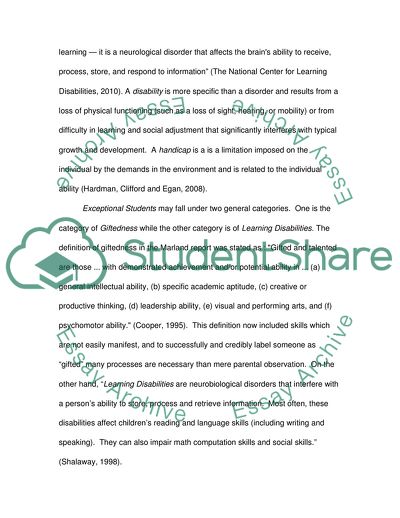Cite this document
(Supporting Exceptional Students in an Inclusive Class Term Paper, n.d.)
Supporting Exceptional Students in an Inclusive Class Term Paper. https://studentshare.org/education/1741496-execeptional-students-in-the-primary-classroom
Supporting Exceptional Students in an Inclusive Class Term Paper. https://studentshare.org/education/1741496-execeptional-students-in-the-primary-classroom
(Supporting Exceptional Students in an Inclusive Class Term Paper)
Supporting Exceptional Students in an Inclusive Class Term Paper. https://studentshare.org/education/1741496-execeptional-students-in-the-primary-classroom.
Supporting Exceptional Students in an Inclusive Class Term Paper. https://studentshare.org/education/1741496-execeptional-students-in-the-primary-classroom.
“Supporting Exceptional Students in an Inclusive Class Term Paper”. https://studentshare.org/education/1741496-execeptional-students-in-the-primary-classroom.


